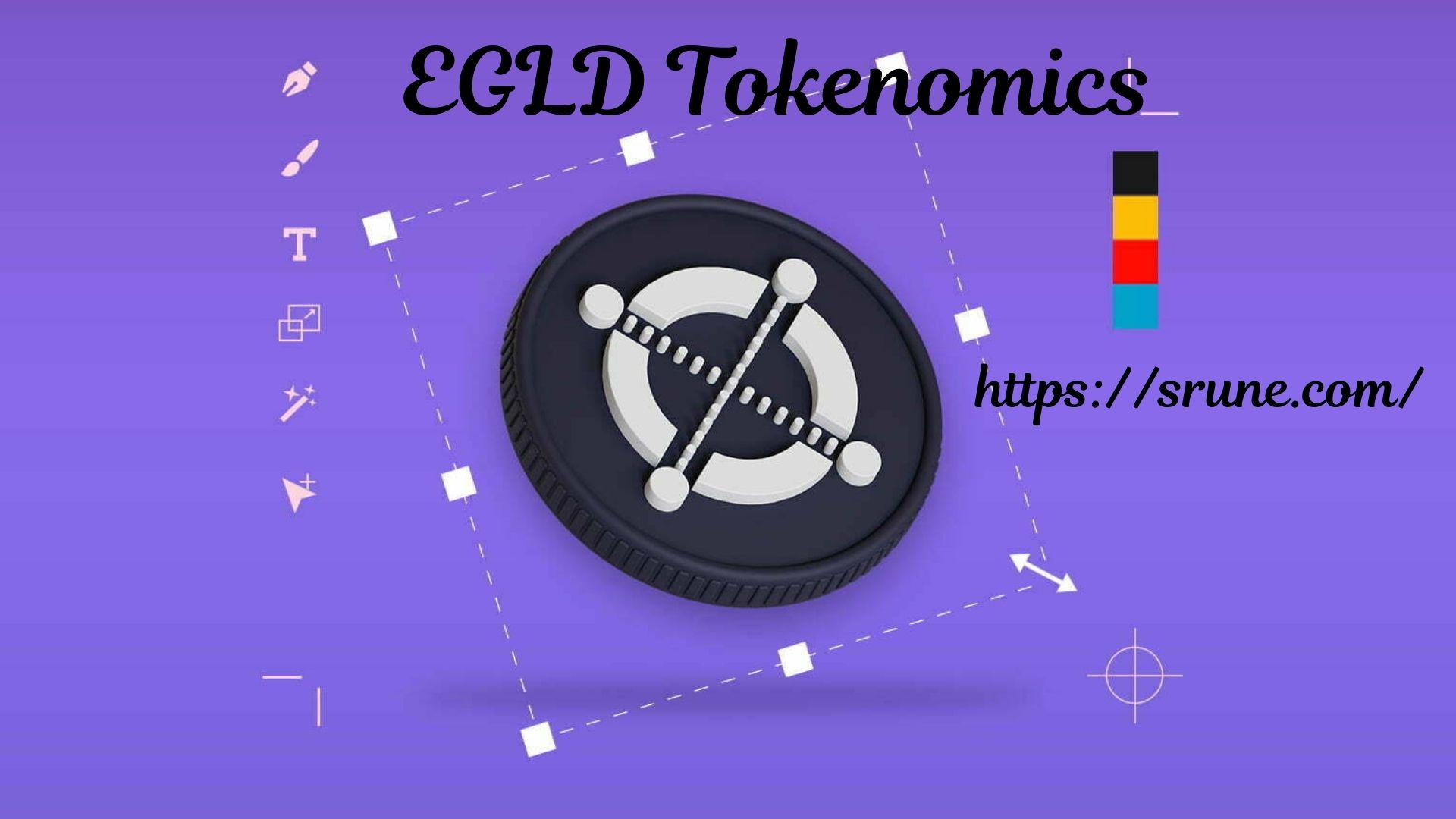EGLD Tokenomics: A Comprehensive Analysis
In the rapidly evolving world of cryptocurrency, understanding the tokenomics of a digital asset is crucial for investors and enthusiasts alike. Tokenomics, a blend of “token” and “economics,” refers to the economic model that governs a cryptocurrency, including its supply, demand, distribution, and the incentives for holding or using the token. In this article, we delve into the tokenomics of Elrond (EGLD) to assess whether it has a solid foundation for long-term growth and sustainability.
What Is Elrond And EGLD?
Elrond is a blockchain platform that aims to provide a highly scalable, fast, and secure environment for distributed applications (dApps), enterprise solutions, and the broader internet economy. It differentiates itself through its innovative approach to scalability. Which is crucial for blockchain networks that need to process a high volume of transactions quickly and efficiently.
EGLD, or eGold, is the native cryptocurrency of the Elrond network. It plays a central role in the ecosystem. Serving as the primary medium for paying transaction fees, staking, and participating in the governance of the network. EGLD’s utility within the Elrond ecosystem makes understanding its tokenomics vital for anyone looking to invest or participate in the network.
The Fundamentals Of Tokenomics
Tokenomics encompasses various elements that determine the economic viability of a cryptocurrency. At its core, tokenomics is about the supply and demand dynamics that drive the value of the token, the distribution model that affects who holds the tokens and how they are used. And the incentives for participants to contribute to the network’s growth and security.
One of the most critical aspects of tokenomics is the token’s supply. This includes both the total supply, which is the maximum number of tokens that will ever exist, and the circulating supply, which is the number of tokens currently available on the market. For EGLD, the total supply is capped at 31,415,926 tokens. A figure that was established following Elrond’s mainnet launch and the conversion of the initial ERC-20 and BEP-2 tokens into native EGLD.
This capped supply is a crucial factor in the tokenomics of EGLD. As it introduces a scarcity element that can help drive demand over time. Unlike fiat currencies, which can be printed in unlimited quantities, EGLD’s fixed supply means that, as demand for the token increases, its value could rise due to the limited availability.
Staking And Its Role In EGLD Tokenomics
Staking is another significant component of EGLD’s tokenomics. In the Elrond network. Users can stake their EGLD tokens to become validators or to delegate their tokens to validators. Validators are responsible for securing the network by validating transactions and adding new blocks to the blockchain. In return for their efforts, they receive rewards in the form of additional EGLD tokens.
This staking mechanism serves multiple purposes. Firstly, it incentivizes users to hold and use their EGLD tokens rather than simply trading them on the open market, which can help stabilize the token’s price. Secondly, it enhances the security and decentralization of the Elrond network. As a large number of staked tokens makes it more challenging for any single entity to control a significant portion of the network.
Incentives And Governance
In addition to staking rewards, EGLD holders have the opportunity to participate in the governance of the Elrond network. This means that they can vote on proposals that affect the future direction of the platform. Such as changes to the protocol or the introduction of new features. This governance model is designed to ensure that the network evolves in a way that reflects the interests of its users and stakeholders.
The incentive structure for EGLD is designed to reward long-term participation in the network. As more users stake their tokens and engage with the platform, the network becomes more robust and valuable, creating a positive feedback loop that benefits all participants.
Potential Risks And Considerations
While EGLD’s tokenomics are robust in many respects, potential investors should be aware of certain risks. As with any cryptocurrency, market volatility is a significant factor that can affect the value of EGLD. Additionally, the success of Elrond . A platform is closely tied to the adoption and use of its network. If the platform fails to attract a substantial user base or if competitors offer more compelling solutions. This could impact the demand for EGLD.
Furthermore, while staking rewards are an attractive feature. They also introduce inflationary pressures as new tokens are minted and distributed to validators. However, the Elrond team has implemented measures to control inflation. Including a gradual reduction in staking rewards over time and a burn mechanism that destroys a portion of the transaction fees paid in EGLD. Thereby reducing the circulating supply.
Conclusion
In conclusion, EGLD’s tokenomics appear to be well-structured. With a clear focus on creating a sustainable and growth-oriented ecosystem. The combination of a capped supply, staking incentives. And a robust governance model makes EGLD an attractive option for long-term investors. However, as with any investment, it is essential to consider the associated risks and to conduct thorough research before making any decisions.
ALSO READ:
FAQs
What is the total supply of EGLD?
The total supply of EGLD is capped at 31,415,926 tokens.
How does staking work with EGLD?
Staking allows users to lock up their EGLD tokens to become validators or to delegate their tokens to validators, earning rewards in return.
What are the risks associated with investing in EGLD?
Risks include market volatility, potential competition, and the inflationary impact of staking rewards.
Can EGLD holders participate in network governance?
Yes, EGLD holders can vote on proposals affecting the Elrond network, giving them a say in the platform’s future development.
What measures does Elrond take to control inflation?
Elrond controls inflation through a gradual reduction in staking rewards and a burn mechanism that reduces the circulating supply of EGLD over time.







